
We kindly inform you that, as long as the subject affiliation of our 300.000+ articles is in progress, you might get unsufficient or no results on your third level or second level search. In this case, please broaden your search criteria.


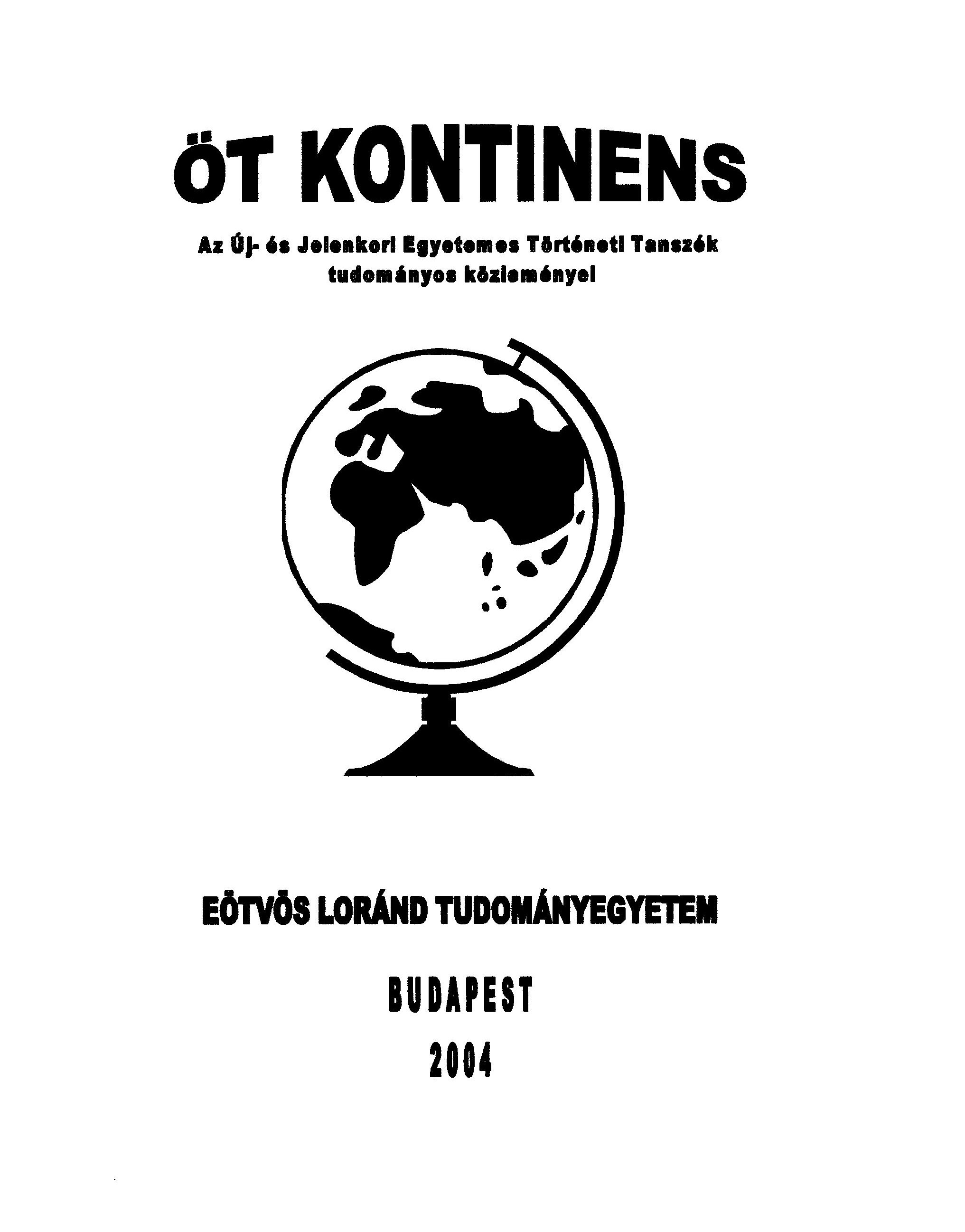
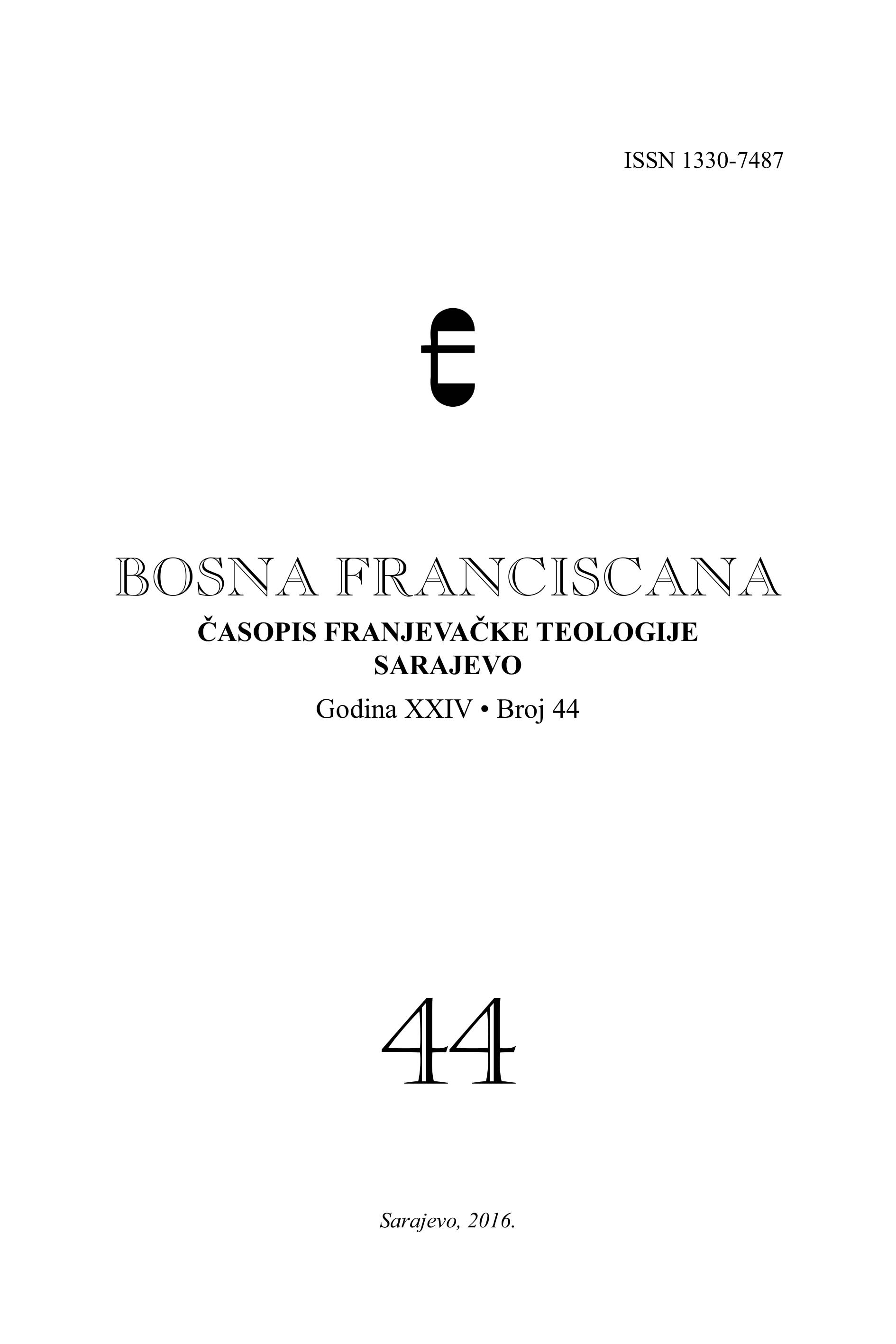
Celibat ili beženstvo klera – da li je po sebi apsolutno nužan – nije teološko, dogmatsko-moralno, nego prije svega u Katoličkoj crkvi disciplinsko-pravno i pastoralno pitanje.1 U prvim vremenima Crkve sveti red se podjeljivao kako neoženjenim tako i oženjenim muškarcima, koji su se odlučili posvetiti služenju Bogu i oltaru, pa je među klerom bilo neoženjenih i oženjenih biskupa, svećenika i đakona. Na ređenje su, dakle, pripuštani i oženjeni kandidati, ali su se vrlo rano u pojedinim krajevnim crk vama počele donositi odredbe da se oženjeni poslije ređenja trebaju suzdržavati od bračnih odnosa. S vremenom je, međutim, došlo i do uvođenja beženstva klera, ali je prošlo dosta vremena da se to u praksi posvuda i provede.
More...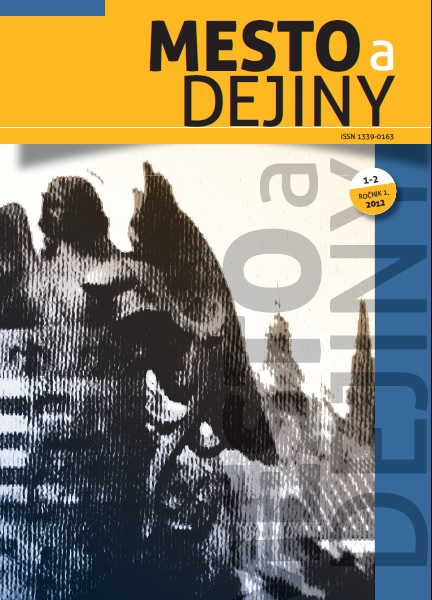
At the beginning of 13th century, the city of Opava was formed on the right bank of the river of the same name. Although in the early days, it fulfilled a defensive function at the frontier of Moravia; in the subsequent years, it began to assume a role of an economic centre on the Moravia-Silesia border. The city has been situated on a traditional north-south connection, the Amber Road, which adjoined with the Jeseník Road and continued to Olomouc; it was in the proximity of the east-west road, „Hohe Strasse“, connecting Wroclaw and Krakow. Opava had a function of an important regional centre, which was connected with an area of mining activities in Jeseník. In the first half of 14th century, the road, which led through Litultovice, Šternberk and to Olomouc, was known as „Public ducis Opawie strata“. The economic situation of the city was influenced by interventions of Czech and Polish kings, Moravian margraves and the lords of Opava.
More...
Human being has ben very interested in music in every phase of life in history. As it is seen in social life, religious rituels, festivals, music is also important in medical treatment. Music applied medical treatment is seen in almost every civilization and in it is also important in Turkish civilization whose roots goes back to Shaman culture. Ceremonies which are held to puriyf wicked souls are found in Ancient Greek, Egypt, Chine. Information given by El Kindi, Farabi, Ibni Sina imppoved musical medical treatment which is done with the help of music. First examples of musical cures are done by sorcerer doctors however later on this medical treatment is done in a professional way in Ottoman and Great Seljuk Empire in hospitals called '' Darüşşifa'. To make this medical treatment professionally substructures like voice tecniques are improved. The first example of hospital called '' darüşşifa'' is Şam Nureddin Zengi Şifahanesi which is built in 1154. This research is to determine historical progress of musical medical treatment and importance of Amasya Darüşşifa
More...
Caucasus can be considered as one of the most unique regions of the world in the number of peoples living there. This region, which plays a role as a bridge between Asia and Europe, from ancient times is an area of contact of different peoples with each other. The most numerous of the peoples in the Caucasus, are the Turks. Azeris, Karachays, Balkarians, Kumyks, Nogai, now living in the Caucasus, are descendants of the Cimmerians, Scythians, Huns, Bulgars, Khazars, Oguzs, Kipchaks and other tribes. Over the millennia, they left a big imprint on the history and fate of the region. Turkic peoples of the Caucasus are the heirs of the kingdom of the Scythians, the Huns state, the Khazar khanate, the Great Bulgar state, Alanya, Kumani, the Golden Horde and other states.
More...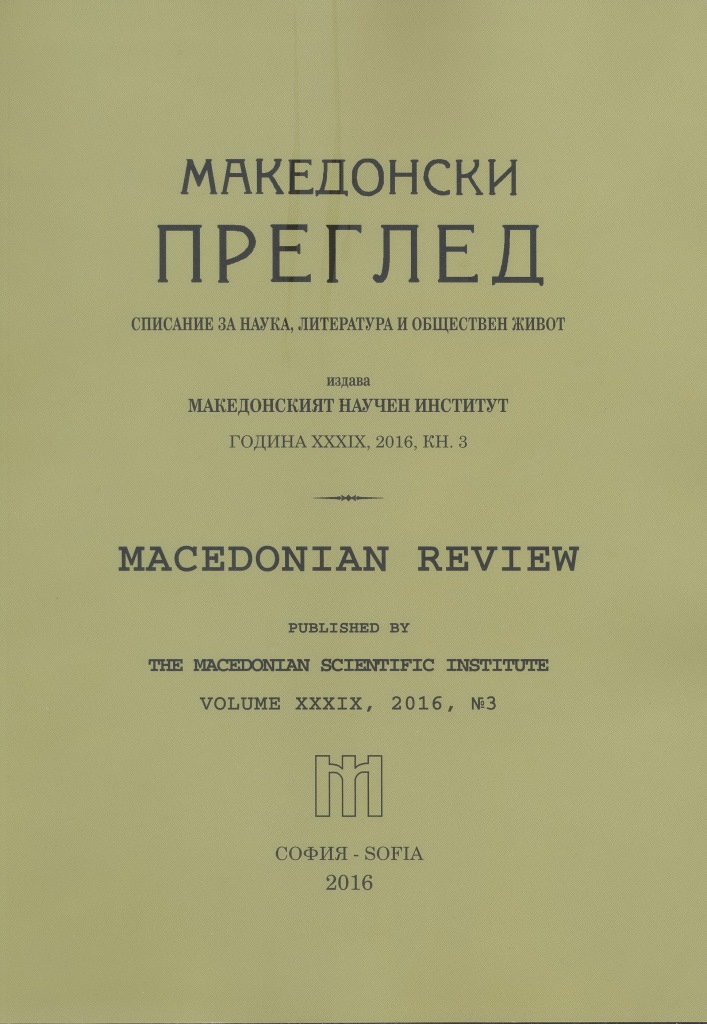
The article analyzes the scientific contributions of Vassil Gjuzelev for the study of the Middle Age history of the geographical region of Macedonia. We have brought a number of interesting historical sources about the fate of the Bulgarians from Macedonia, enslaved by the Turks and sold to Italian merchants in the XIV-XV century. Georgi N. Nikolov concludes: As a student, assistant professor and a close follower of academician Vassil Gjuzelev, I had a good opportunity to get acquaint with his scientific views and those of the past of Medieval Bulgaria. This formed in me the strong historical conclusion that the trinity of Bulgarian Tsardom in the lands of Misia, Thrace and Macedonia in the Middle Ages and Modern Times has no explanation other than the venerable life of the Bulgarians on them. Hopefully the scientific achievements of my teacher Vassil Gjuzelev help getting insight not only of the scientific community in Bulgaria and the distant world, but also the minds of Bulgarians across the Vardar River and the rest of our relatives from the Aegean!
More...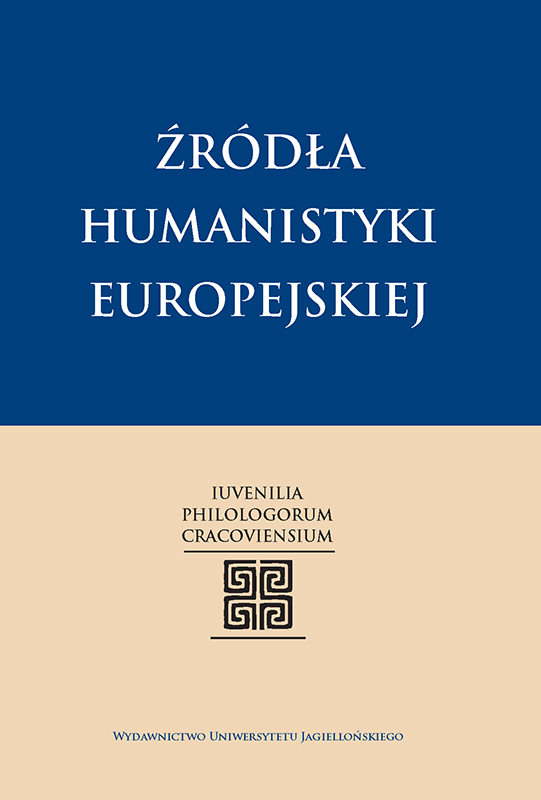
The article presents a comparison of the two terms – symbol and suggestion – and their functioning in the European and Indian literary traditions. The introduction discusses the adequacy of the comparative approach, and indicates that due to the existing relativity between the two traditions in the meaning of the above terms, the differences shall be referred to more frequently, especially while discussing the poetic practice and the meaning attributed to each of the terms in both cultures. The first part of the paper presents the European perspective on the subject of symbol in philosophy, psychoanalysis, religious studies and semiotics. Further, the literary studies are scrutinized, and the paper discusses the difficulties arising with the attempts to define the symbol and how it differs from other related literary devices, such as: allegory, simile and metaphor. This part concludes with the discussion of the notion of suggestion, which, as a basis for building a new poetical language, accompanied the appearance of the European Symbolism at the turn of the 20th century. It is indicated, however, that although in the Sanskrit literary theory it is possible to use this term to explain or interpret various poetic phenomena in an orderly and systematical manner, such an approach proves impractical to discuss the European poetry. The second part of the article begins with a brief overview of the early Indian thought attempting to define the nature of poetic language. Further, the paper focuses on the theory of suggestion – dhvani as formulated in Dhvanyāloka treaty (“Light of Poetic Suggestion”) by Dhvanikāra (8th century AD) and Ānandavardhana (2nd half of the 9th century). The paper subsequently explores the classification of dhvani types according to the nature of the suggested meaning and the relation of the expressed meaning to the implied one. In one of dhvani types, the symbol – a term absent elsewhere in the Indian thought – is recognized. Nevertheless, the phenomenon it depicts is correctly recognized by Indian theoreticians, which is illustrated with adequate examples. The paper further presents the most appreciated type of suggestion, the one implying aesthetically experience – rasa (literary “taste”), and discusses the means applied to achieve it. Finally, the paper discusses the criteria of appreciating poetry based on the occurrence of the symbol and suggestion as literary devices.
More...
Issue as the front view, 11th, 14th centuries in other parts of Georgia in Tbilisi and they had higher levels of development of the Turkish Islamic culture has been commentary about the scientific findings. In this environment information about grew the most famous figures, Hubeysh Tiflisi include more detail in the article. In Hubeysh activities in Konya Seljuk palace, his religion, to medical, to astrology, the artifacts are studied philology. Literature source of the article, more the Azerbaijani Turkish, the Georgian sources constituted.
More...
After the ancient Turkic period Oguz people have settled in Azerbaijan at the west of the Caspian Sea and from the east side in the Western Turkestan. Uygur and karluk people have taken places at the east of Turkestan, Kypchaks at the north of Turkestan. At the XI century the ethno-geographical parameters have extended to the Eastern Europe and the Asia Minor, and to the X-XI centuries the process of definition of geographical borders of Turkic ethnos comes to the end. The generated Moslem doctrine have been incorporated in the syncretic form with the national colour and perceived as the Turkic-ethnic thinking. The concepts and the gnoseological representations existing before the Moslem period were forgotten. As a result of it, the basic propagation of Islamic ideas passes from Arabs to Turkic.
More...
Suriye, toprakları üzerinden çeşitli medeniyet ve kültürlerin geçtiği ve pek çok istilaların, hadiselerin meydana geldiği, eski ve kritik bir mevkiye sahiptir. Ülkeye ilk yerleşenler Hazret-i Nuh’un oğlu Şam’dan türeyen ve Sami dilini konuşan Samilerdir. Müslümanların Suriye’ye hakim olmasına kadar bölge Amoritler, Fenikeliler, İbraniler, Hititler, Persler, Makedonyalı İskender, Roma ve Bizans imparatorlukları idaresinde kaldı.
More...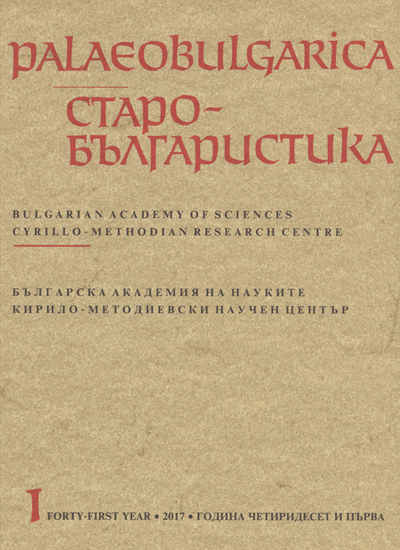
À negative opinion on the reign of the Bulgarian Tsar Peter I (927–969) is sometimes still present in the scholarly literature. He has been described as a weak ruler without any serious political ambitions, pious and focused on religious matters, but neglectful of issues crucial for the Bulgarian state. His reign is said to be marred by byzantinisation of the court and the state itself, a passive response to the Hungarian raids, and the spreading of bogomilism. Peter is thus said to be guilty of the Bulgarian fall of 971. The article aims at a reconsideration of Peter’s rule and the authors present arguments in favour of a more balanced evaluation of the Tsar and his times.
More...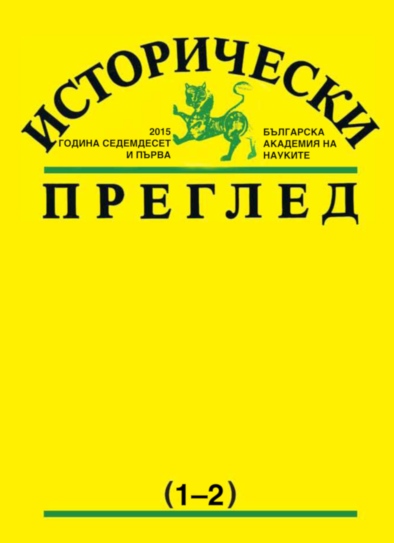
There is some wavering among the historiographical guild whether during the early Middle Ages Bulgaria had its Patriarchate and to what degree it was legitimate. Bulgarian Archbishopric was established in 870 by council, i. е. canonically. There was an archbishop at its head. Institutionally it was dependent on the Patriarchate of Constantinople, which considered its diocese as part of its own and its rank and the range of its territory was determined by the emperor in accordance with the rules in the empire defined by the relations between the Church and secular power. In the period 934–944 the Bulgarian church became autocephalous. It is more complicated to define the status title of the Bulgarian ecclesiastical head due to lack of contemporary sources. Here, as the main source for the existence of autocephalous Bulgarian Patriarchate the list of Du Cange is used. The analysis of its contents, structure, objectives and the ideas it contains prove that the center of his intentions is, on the one hand, to display that the Ohrid Church is continuation of Bulgarian church from before 1018, on the other hand, to indicate the status of the latter as autocephalous. And here the text of Du Cange brings something which does not appear in other sources. In his intention to highlight the highest status of the Ohrid Archbishopriche added that besides autocephalous status, Bulgarian church during the reign of Tsar Peter gained patriarchal status. On the background of the analysis of the status, rank and title of the Constantinople patriarchy, the Patriarchate of the First Bulgarian Kingdom occupied significantly lower level as a local one. Its appearance did not infringe the Pentarchy nor did it encroach upon the universal, apostolic nature of the Church of New Rome. However, it was the first Patriarchate of the newly converted peoples from the area of the Eastern Orthodox nations.
More...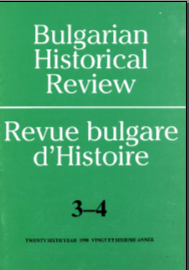
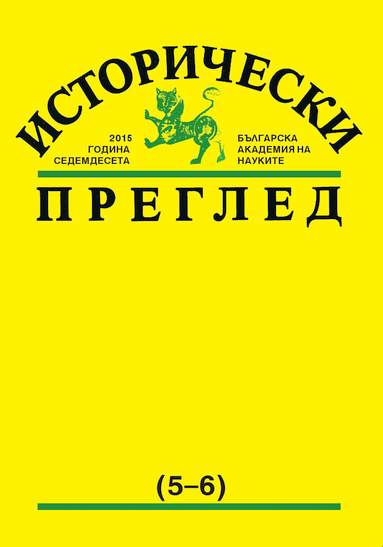
The studies on coin circulation in medieval urban centers during the 12th-14th centuries are strongly represented in Bulgarian historiography. The author explores the whole numismatic material of various fortresses. A complete comparison between individual fortresses during this period has not been made. The aim of the present study is to attempt to analyze the economic status and development of the large urban centres in the period of the Second Bulgarian Tsardom – Ryahovets, Cherven, Shumen and Ovech, based on the published numismatic material from these cities.
More...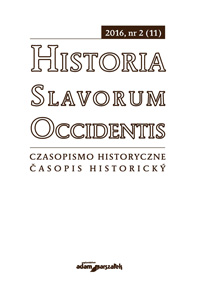
The text analyses the problem of the sanctity of rulers, especially non-martyrs, in Latin Europe in the Early and High Middle Ages. The starting point for this discussion is a frequently asked question about the reasons for the lack of such a phenomenon in Poland.
More...
The paper discusses the issue of worship and imitation of Charlemagne during the reign of Bolesław the Brave in the context of the ruler’s responsibilities and the legitimacy of royal power. The analysis includes primarily the Christianization activity led by Bolesław and a later legend of the ruler.
More...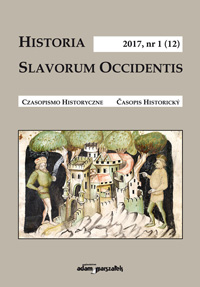
The author traces the origins and the development of the Přemyslid princes’ ideology, who would rely on the charisma of their predecessor on the Czech throne, Saint Wenceslas. In the historical documents, on coins and seals, she traces the development of the position and function of the oldest Czceh saint and Czech patron and the enlargement of the company of the Czech monarch’s and his people’s protectors after accepting Saint Adalbert and Saint Procopius.
More...